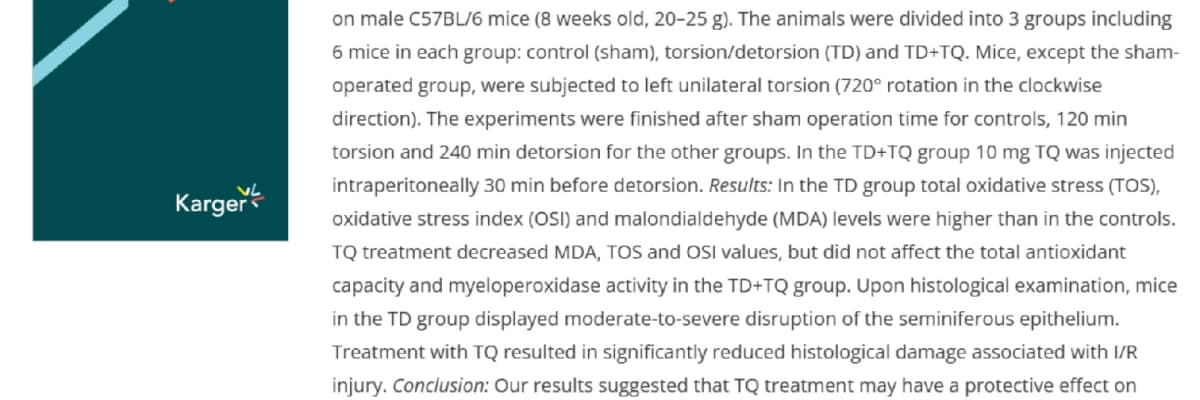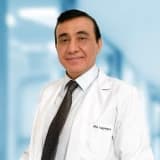Protective Effect of Thymoquinone in Experimental Testicular Torsion (SCI-SCI EXPANDIE)

Abstract
Objectives: To investigate the protective role of thymoquinone (TQ) on unilateral testicular ischemia-reperfusion (I/R) injury in mice. Materials and Methods: Experiments were performed on male C57BL/6 mice (8 weeks old, 20–25 g). The animals were divided into 3 groups including 6 mice in each group: control (sham), torsion/detorsion (TD) and TD+TQ. Mice, except the sham-operated group, were subjected to left unilateral torsion (720° rotation in the clockwise direction). The experiments were finished after sham operation time for controls, 120 min torsion and 240 min detorsion for the other groups. In the TD+TQ group 10 mg TQ was injected intraperitoneally 30 min before detorsion. Results: In the TD group total oxidative stress (TOS), oxidative stress index (OSI) and malondialdehyde (MDA) levels were higher than in the controls. TQ treatment decreased MDA, TOS and OSI values, but did not affect the total antioxidant capacity and myeloperoxidase activity in the TD+TQ group. Upon histological examination, mice in the TD group displayed moderate-to-severe disruption of the seminiferous epithelium. Treatment with TQ resulted in significantly reduced histological damage associated with I/R injury. Conclusion: Our results suggested that TQ treatment may have a protective effect on testicular I/R injury.
